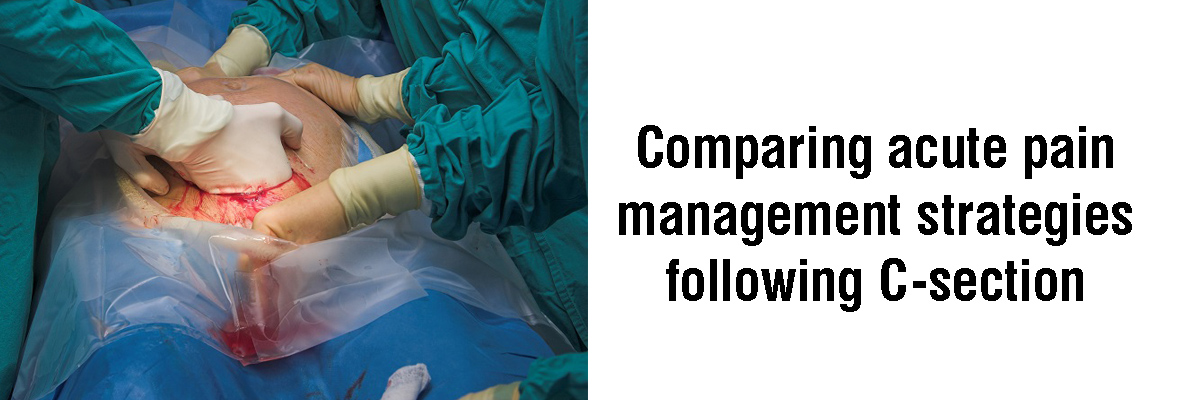
 IJCP Editorial Team
IJCP Editorial Team
Comparing acute pain management strategies following C-section
Pain management following cesarean delivery usually involves the use of opioid medications. However, these drugs are associated with major side effects, such as nausea, itching, vomiting, and decreased movement. Opioids may also be excreted in the breast milk and are tied to a risk of dependency.
As a result, there is increasing stress on reducing opioid usage and providing pain management using alternate nonnarcotic analgesic drugs, referred to as multimodal pain management. A study was conducted by Macias et al to ascertain if such a multimodal pain management regimen could reduce the number of morphine milligram equivalents (MME—a unit of measurement for opioids) following cesarean delivery, in comparison with conventional morphine patient-controlled analgesia (PCA) while adequately controlling pain after the surgery.
This prospective cohort study of postoperative pain management was carried out during a transition from traditional morphine PCA regimen to a multimodal approach including scheduled nonsteroidal anti-inflammatory drugs (NSAIDs) and acetaminophen, with as-needed opioids. The data were aggregated over a 6-week period prior to and after the transition.
The study’s primary outcome was postoperative opioid use characterized by MME in the initial 48 hours, and the secondary outcomes were serial pain scores, time to discharge, and exclusive breastfeeding rates. Investigators excluded the women who needed general anesthesia or had a history of substance abuse disorder.
A total of 778 women were included in the study, with 378 receiving the conventional morphine PCA and 400 receiving the multimodal regimen. The multimodal regimen was associated with a significant decline in the MME use in the initial 48 hours (28 [14–41] MME vs. 128 [86–174] MME; P<.001). A larger proportion of women receiving the multimodal regimen reported a pain score of ≤4 by 48 hours in comparison with the traditional group (P<.001; Fig. 1). No difference was observed in the time to discharge (P=.32). Among the women who chose to exclusively breastfeed at admission, fewer used a formula before discharge in the multimodal group (9%) compared to the conventional group (12%; P<.001; Fig. 2).
In conclusion, a changeover to a multimodal pain management regimen in women following cesarean delivery appears to reduce opioid use while providing adequate postoperative pain control. Moreover, a multimodal regimen is tied to successful exclusive breastfeeding.
Source: Macias DA, Adhikari EH, Eddins M, et al. A comparison of acute pain management strategies after cesarean delivery. Am J Obstet Gynecol. 2022 Mar;226(3):407.e1-407.e7.

IJCP Editorial Team
Comprising seasoned professionals and experts from the medical field, the IJCP editorial team is dedicated to delivering timely and accurate content and thriving to provide attention-grabbing information for the readers. What sets them apart are their diverse expertise, spanning academia, research, and clinical practice, and their dedication to upholding the highest standards of quality and integrity. With a wealth of experience and a commitment to excellence, the IJCP editorial team strives to provide valuable perspectives, the latest trends, and in-depth analyses across various medical domains, all in a way that keeps you interested and engaged.










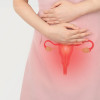





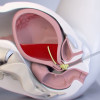

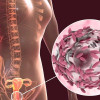
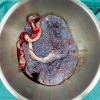

Please login to comment on this article